The Pull-Up is Overrated. Get Stronger Anyway
Pull-ups actually aren’t a great measure of strength. But if you want to get better at them anyway, try these proven strategies.
Strong People Can Still Suck At Pull-Ups
Many believe that if you’re strong, you should be able to do a ton of pull-ups with added weight. But that’s not quite accurate. In a recent video, pro strongman Brian Shaw struggles to get four bodyweight pull-ups, and he only gets his chin over the bar in the first two.This should tell you that pull-up performance isn’t a realistic measure of strength for everyone because it involves other variables, like body weight and body type. If you think you “ought” to be awesome at pull-ups, then you’ve got a false perception of your progress and current strength level.
Here’s why, plus how to get stronger on pull-ups anyway if that’s your goal.
Is Doing More Pull-Ups Even a Good Goal?
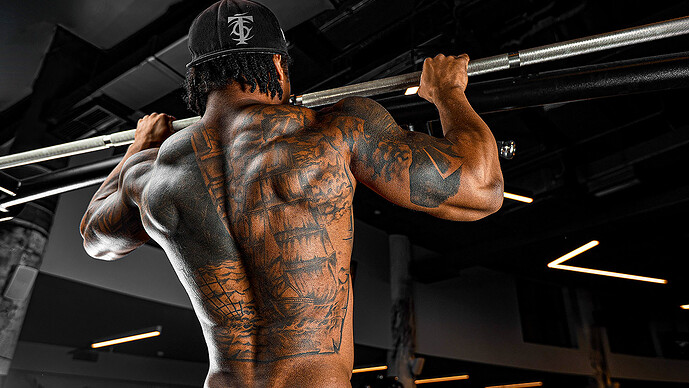
Pull-Up Workout1240×698 303 KB
For some, sure. But one of my male clients, who’s making tremendous progress in all areas of strength and fitness, still can’t do a pull-up. And it’s not just him. This is something I’ve heard from figure girls, too. These are often people I train who, despite their amazing gains in just about every other metric of fitness, are frustrated with their pull-up numbers.
Sure, improving pull-up performance is a respectable goal, but it’s not a realistic one for many. And if you’re in the same boat, fixating on this single exercise will set you up for failure.
First, having long arms is less conducive to being good at pull-ups. You not only have to cover more distance (than someone with shorter arms) to get your chin above the bar, but you’ve also got less of a mechanical advantage over your bodyweight.
Second, research shows that the ability to perform pull-ups 26 is heavily influenced by body composition (1,2) and may not be a good indicator of absolute vertical pulling strength (3). This explains why people with a thicker and stronger lower body often struggle with pull-ups.
Just look at some heavyweight powerlifters who have impressive lifting numbers but couldn’t do a chin-up if they got free PEDs for life. Yet you can find rock climbers who can bang out real one-arm pull-ups for reps because they’re lean and don’t have thick, muscular lower bodies. They’re all upper body and core.
Additionally, a larger body mass – even if it’s mostly lean body mass – may invoke a certain penalty when performing pull-ups (2), but could aid in performing lat pulldowns.
You see, when you gain muscle, you’re gaining overall body weight (lean mass). So, getting bigger and stronger legs, glutes, chest, arms, etc. works against your pull-up ability. This explains why some people make great gains in muscle and strength on just about every exercise but struggle with pull-ups.
I’m not saying pull-ups don’t demonstrate strength. They obviously do. Pull-ups are a “relative strength” exercise – your performance in relation to body weight.
So, if your current max level of strength is 100 pounds and you weigh 150 pounds, you’ve got to gain 50 pounds of strength to do a single pull-up. To put that into perspective, most elite lifters are stoked when they’re able to add 10-pounds to a lift. And that may take a year to achieve.
This highlights why it’s unrealistic to use pull-ups to gauge progress. It often requires a major improvement in strength that even elite lifters can’t get after years of training hard and taking Mexican supplements.
What About Band-Assisted Pull-Ups?
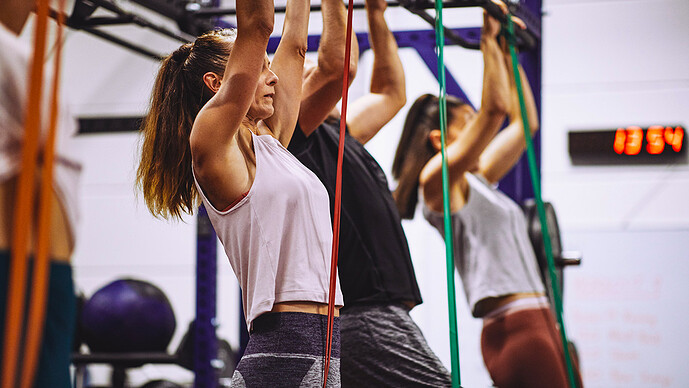
Banded Pull-Ups1240×698 221 KB
You can’t micro-progress pull-ups or chin-ups like you can with most other exercises. You can’t gradually add the small amounts of load needed to create enough overload to stimulate strength adaptations without being too heavy for you to move through a full, controlled range of motion.
Band assistance is one way to train pull-ups, but it’s still difficult to make small enough progressions for consistent strength gains. Why? Two reasons: First, a band will help you a ton at the bottom when it’s stretched, but it’ll help you less and less as you pull yourself up.
Second, one band may offer too much help, but switching to the next closest level won’t give you enough of a boost. There’s too big a gap to make small loading increments.
Do Lat Pulldowns Improve Pull-Up Strength?
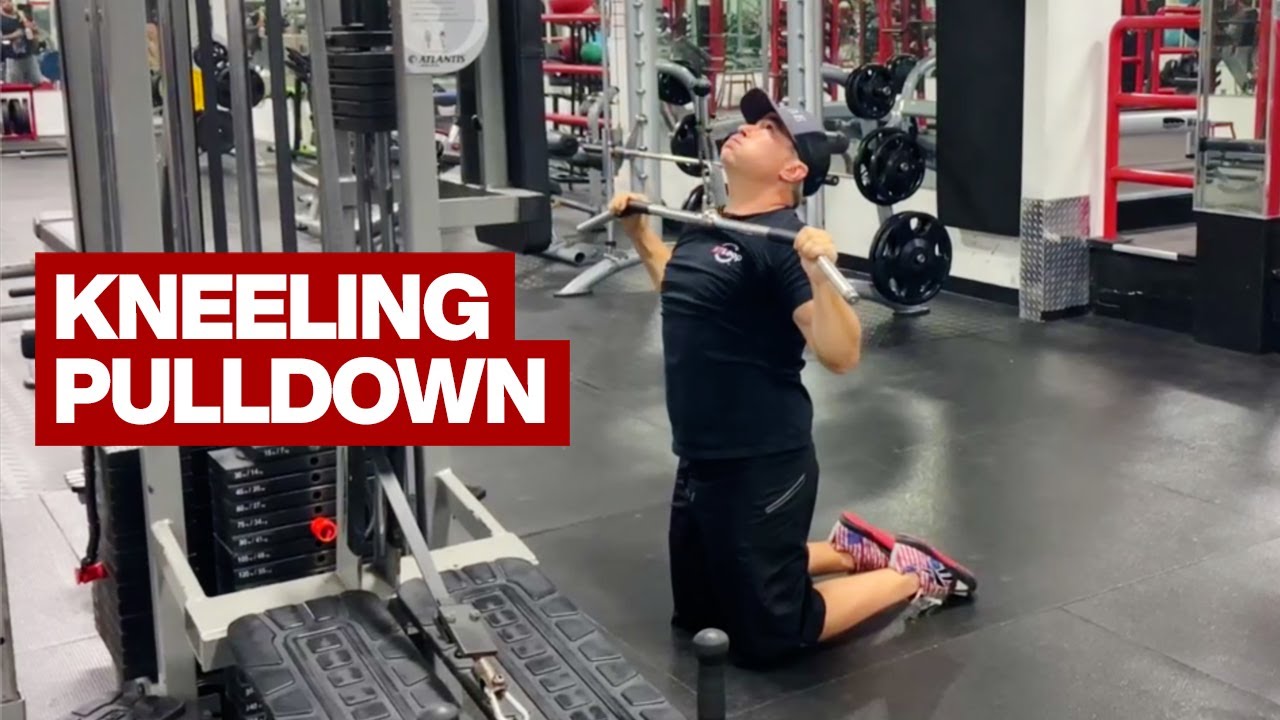
Kneeling Pulldown
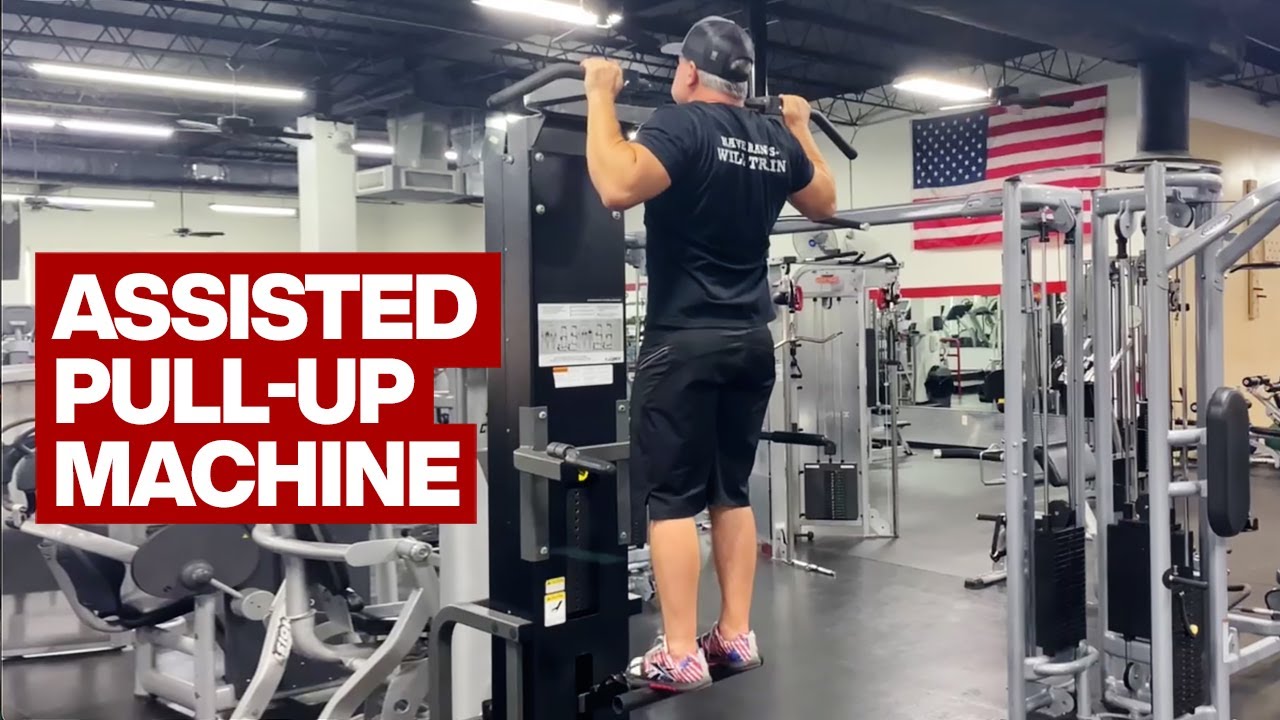
Assisted Pull Up Machine
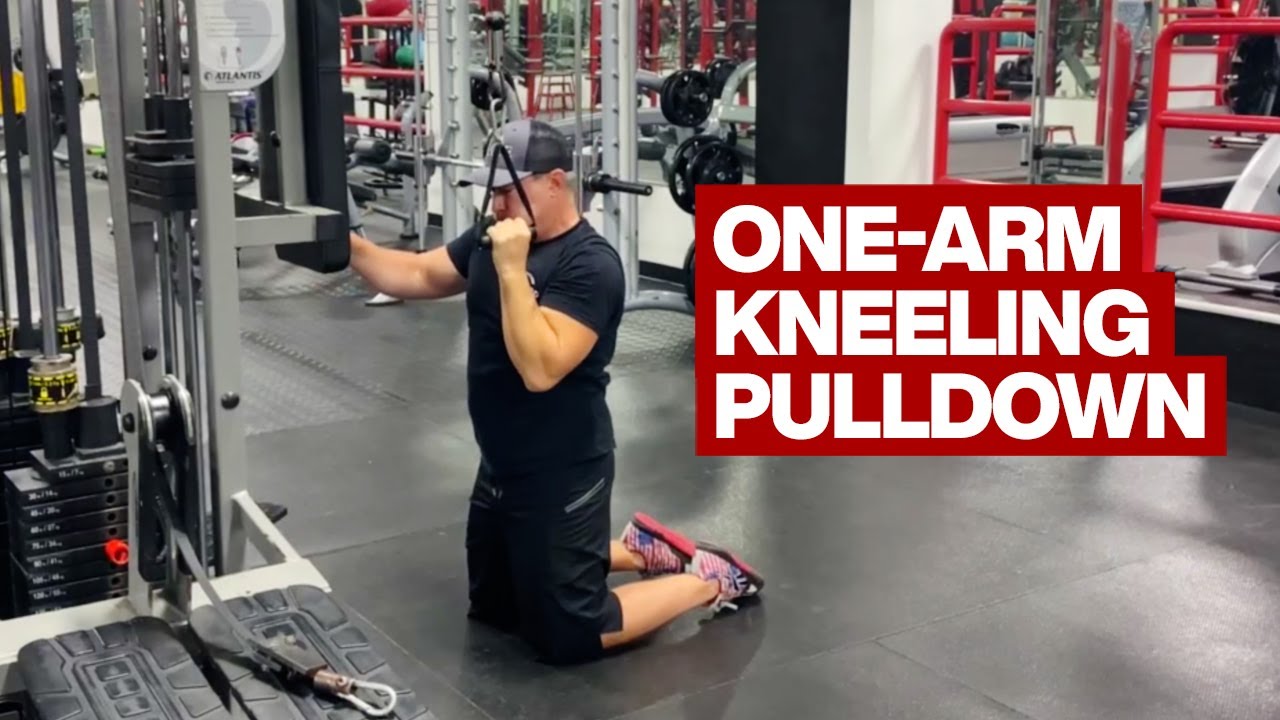
One Arm Kneeling Pulldown
Details
Two More Ways To Boost Pull-Up Strength
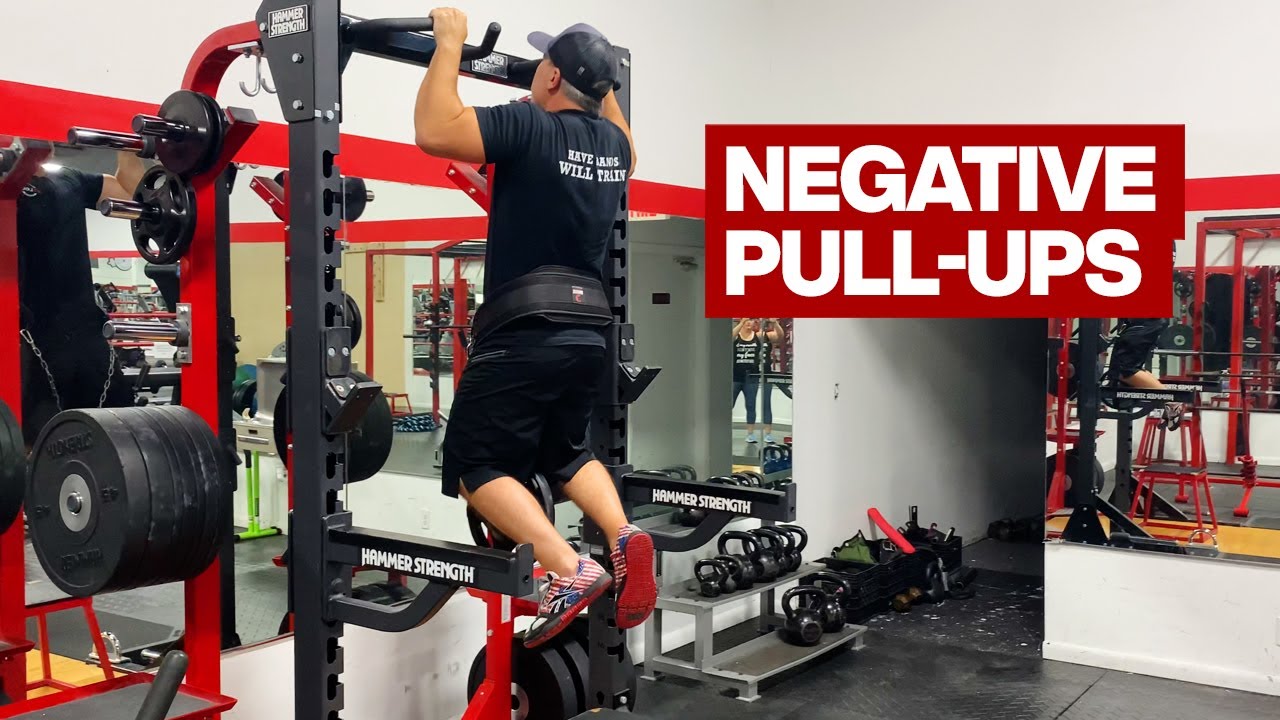
Negative Pull Ups

